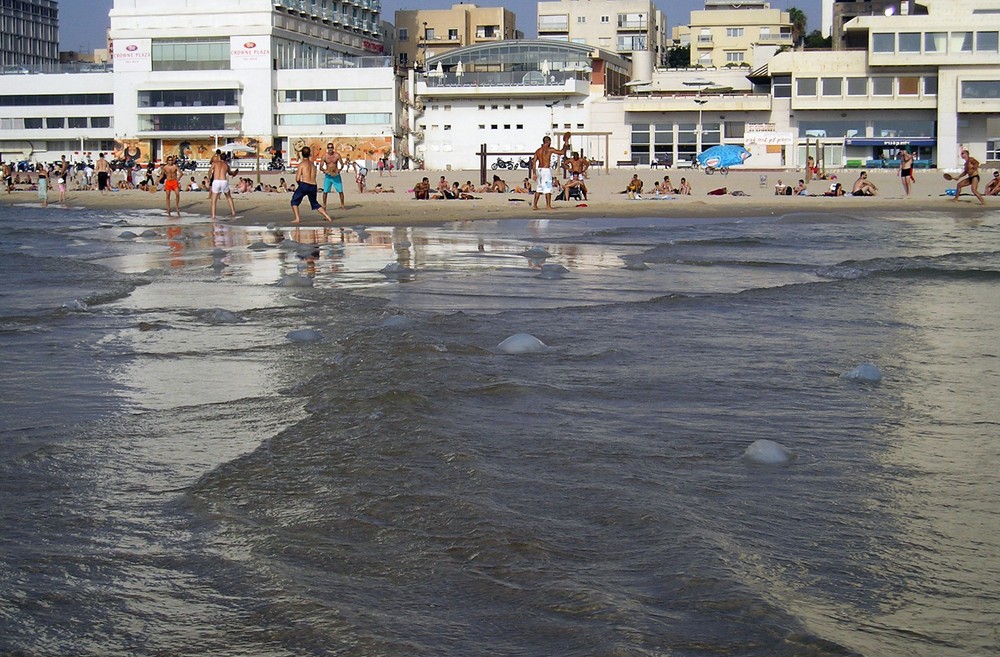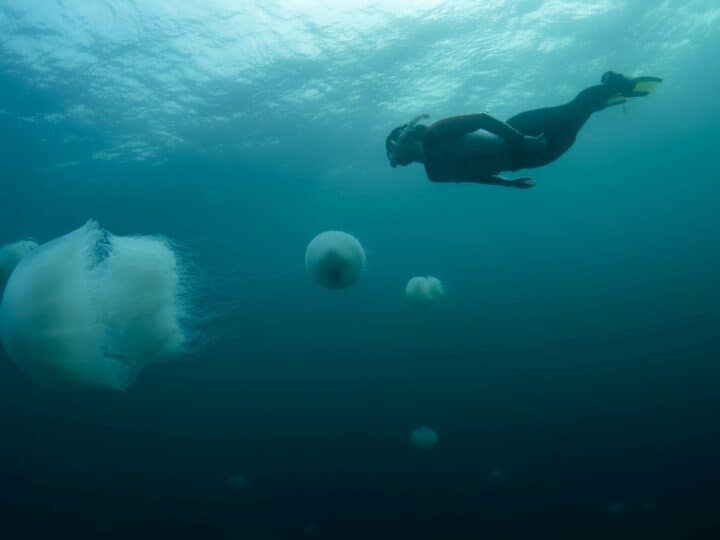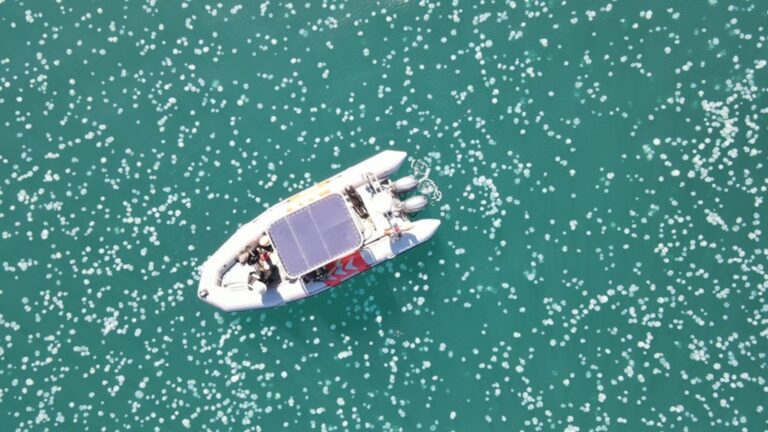The arrival of jellyfish along Israel’s coast is an annual misery. Now, local scientists say they have discovered a new way to track and predict the incoming swarms of these umbrella-shaped blobs with stinging tentacles.
Researchers from the Department of Natural Resources and Environmental Management at the University of Haifa found that jellyfish turn up en masse when the sea temperature ranges between 28.2 and 30 degrees Celsius and a full moon rises.
“It is possible that individual jellyfish will also reach the coast during other conditions, but we discovered that the most significant swarms arrive under the above conditions, the proof being that in such periods the number of blockages of the Electric Company’s cooling facilities due to jellyfish have been incomparably greater than during other periods of the year,” said Avi Algazi, who works in the system management unit of the Israel Electric Corporation (IEC) and who conducted the research for his master’s degree.
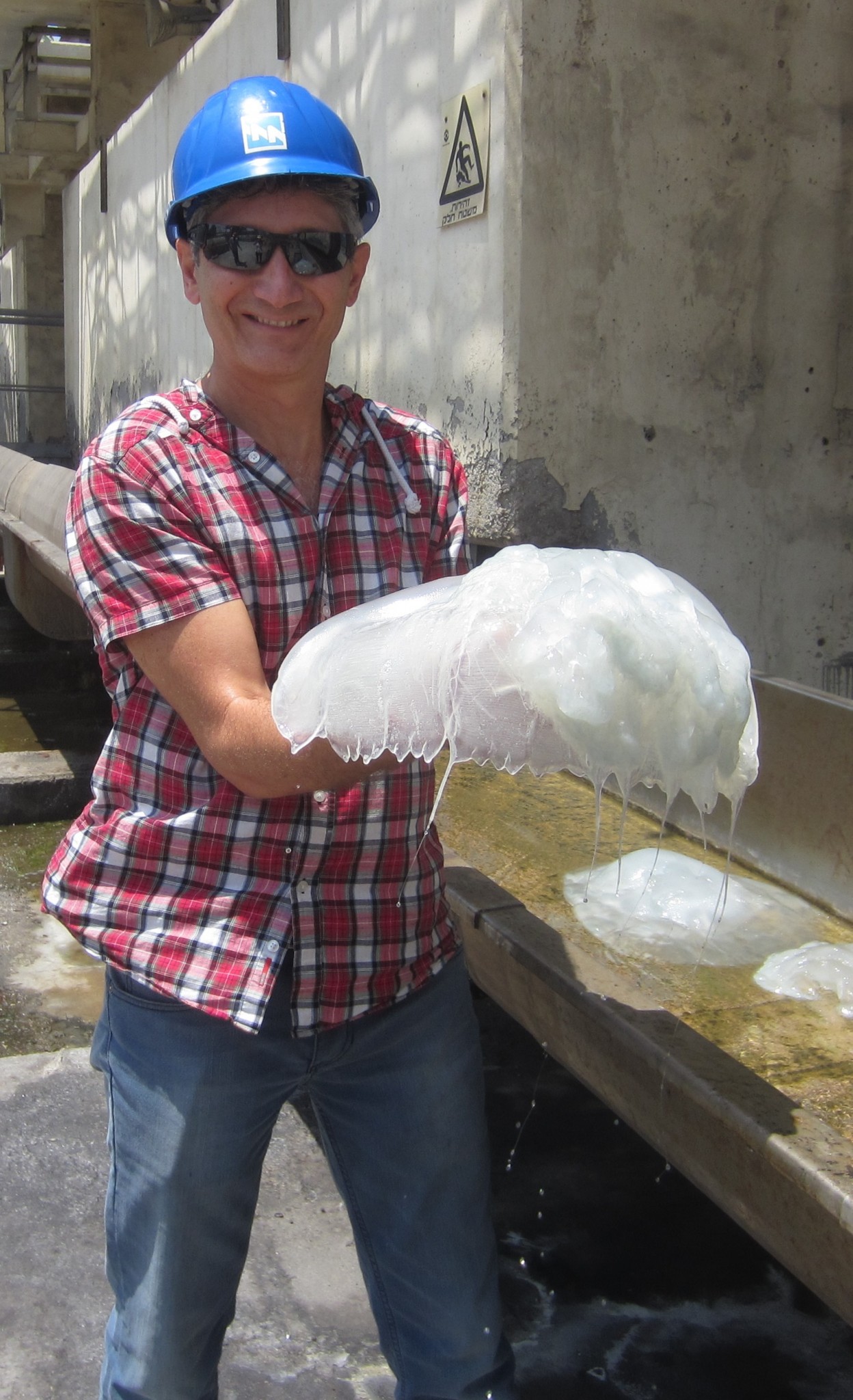
Stinging beachgoers is a minor nuisance compared to the damage jellyfish can cause at electricity plants.
The IEC’s five power stations on the coast use Mediterranean seawater to cool the steam condensers. If the jellyfish block the moving filter and prevent seawater from being pumped in, the cooling pump stops immediately. The sticky creatures can cause a huge bump in the cooling system’s operational costs.
“The high cost is due to a number of factors: one is that the jellyfish swarms arrive during June and July when demand for electricity is high. Throughout those months, due to the high temperature of the sea, both available pumps are operated in order to achieve maximum utilization of the production unit,” Algazi said.
Until now, researchers were not sure what factors led to the massive swarms of jellyfish.
Algazi found that 94 percent of the swarms occurred after the middle of the year (approximately 176 days into the year), during the second and third weeks of the Hebrew month – when the moon ranges from almost full to full, and when seawater temperature ranges between 28.2 to 30.0 degrees Celsius.
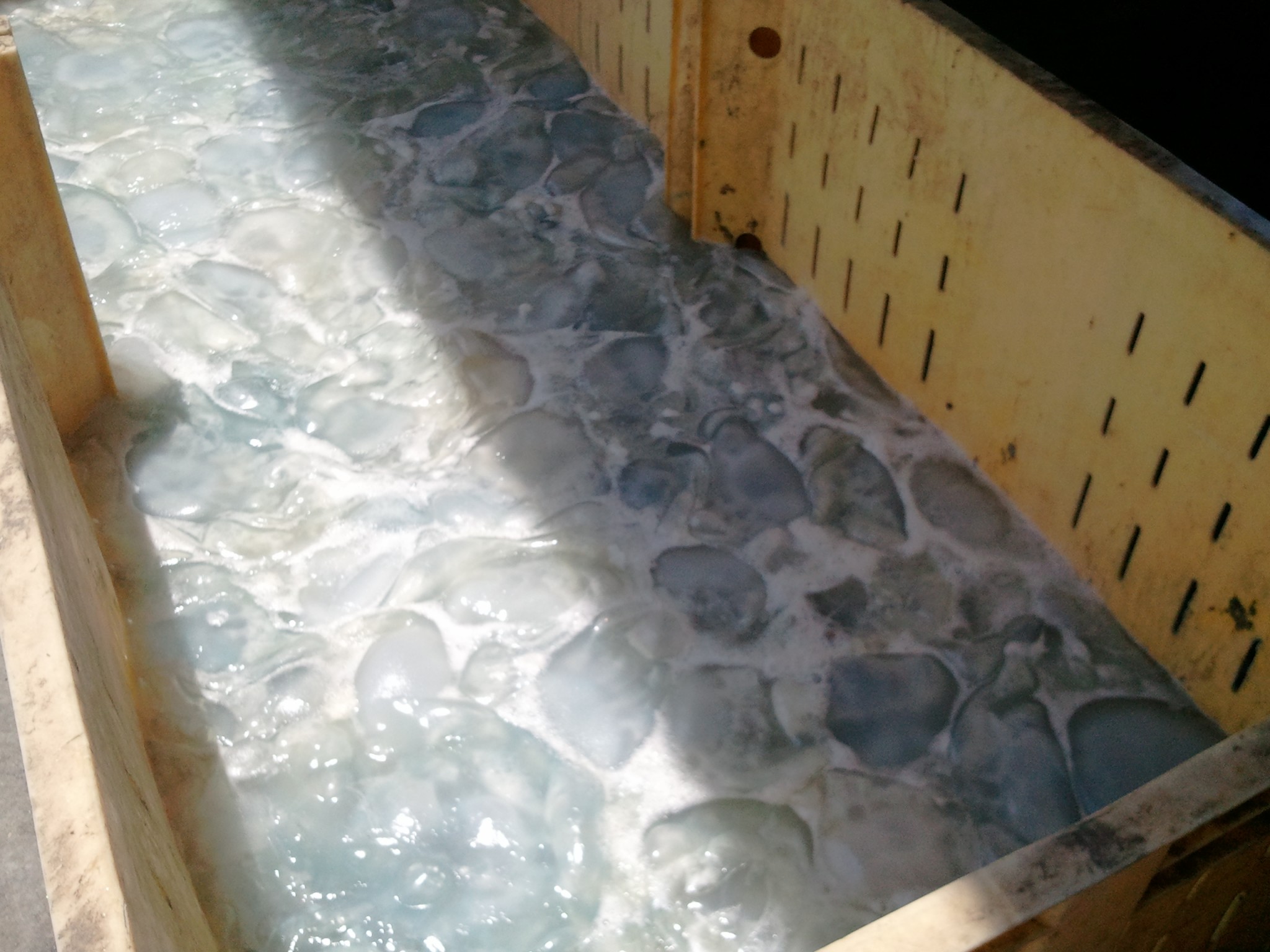
“We were surprised by our findings,” Algazi told AFP. “We knew the moon has a big influence on a lot of things but we didn’t so far have statistical data on the correlation between jellyfish and the moon.”
These squishy marine animals also turned up at other stages of the moon and when the water temperature was out of the 28.2-30C range, but Algazi said such occurrences were infrequent and were usually characterized by a small number of jellyfish.
Algazi said the research only applies to local conditions as of now but hopes his “results could be checked in other parts of the world.”
He conducted his study under the guidance of Prof. Abraham Haim, acting head of the Leon H. Charney School of Marine Sciences and professor emeritus at the Department of Natural Resources and Environmental Management; Dr. Keren Or-Chen of the Department of Natural Resources and Environmental Management; and Dr. Anat Geffen Glazer from the IEC.




